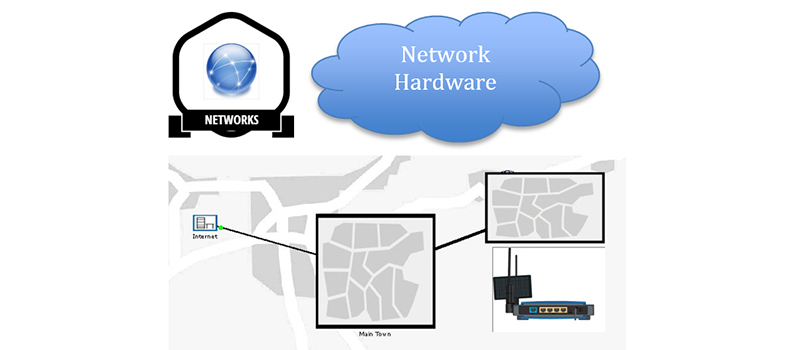15 Activities
Activity: Error detection
TCP/IP protocols use check-sums to detect errors in the data they are responsible for transmitting. But how do errors occur and can we do anything about them?
Errors can creep into to an electrical signal at many points in a communication. They are caused by electrical interference and create electrical noise on the line, which can corrupt data. A digital ‘1’ may become a ‘0’, or a ‘0’ may become a ‘1’.
We have several techniques for detecting when an error occurred, and some techniques can say where the error occurred in the data. If we know where it occurred, we can simply ‘flip’ the bit back over.
Play CS Unplugged’s activity [Tip: hold Ctrl and click a link to open it in a new tab. (Hide tip)] to learn more about one such technique.
Activity: Frame check sequence
Activity: Protocol stacks (Packet Tracer)
Complete the activities in the Black Lab Book to put into practice what you have learned in this course about the complex interaction between the TCP/IP suite protocols.
You will need:
14 Network address translation
